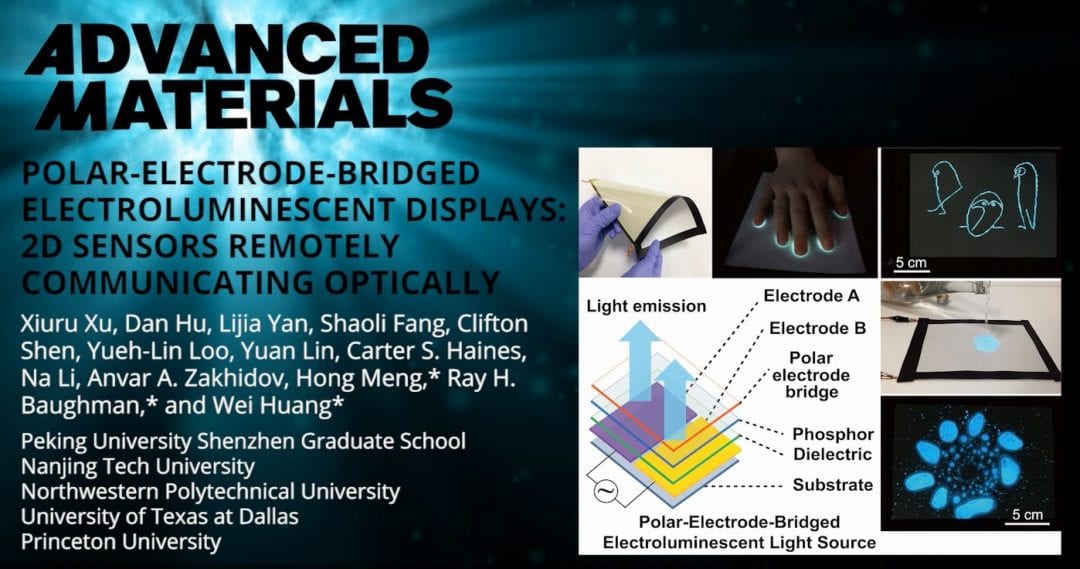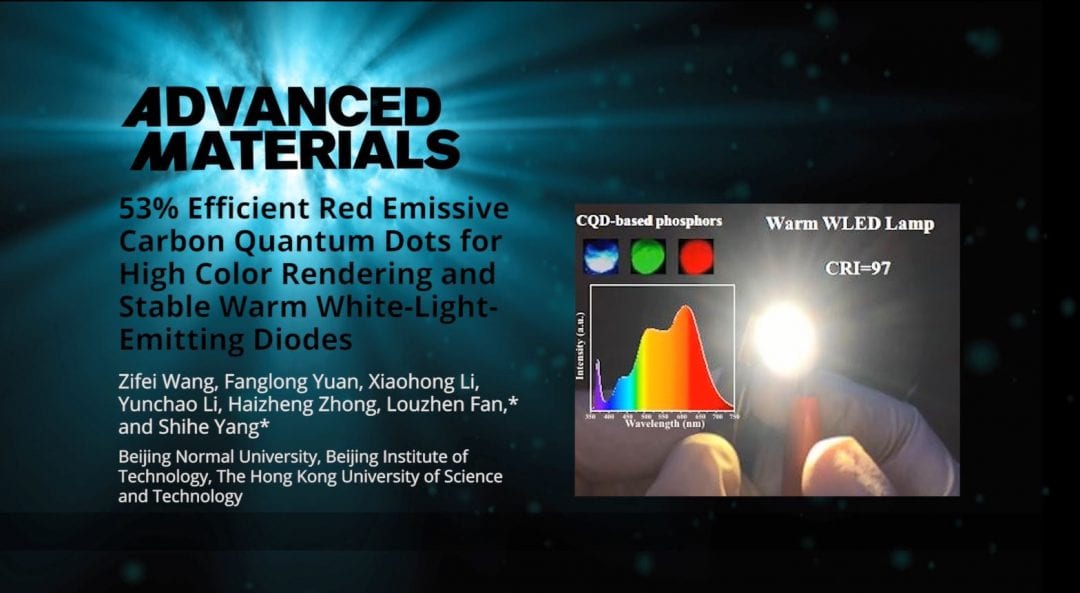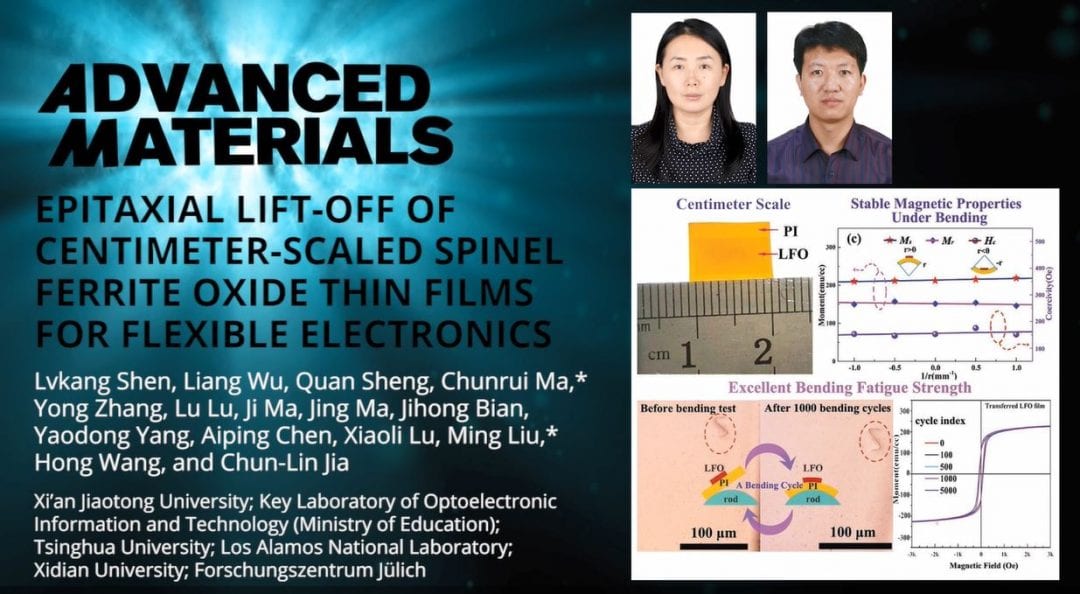Researchers introduce a new device concept for electroluminescent displays, which does not require transparent electrodes and can be used as remotely readable, spatially-responsive sensors that emit light in response to the accumulation and distribution of materials on the device surface.




















